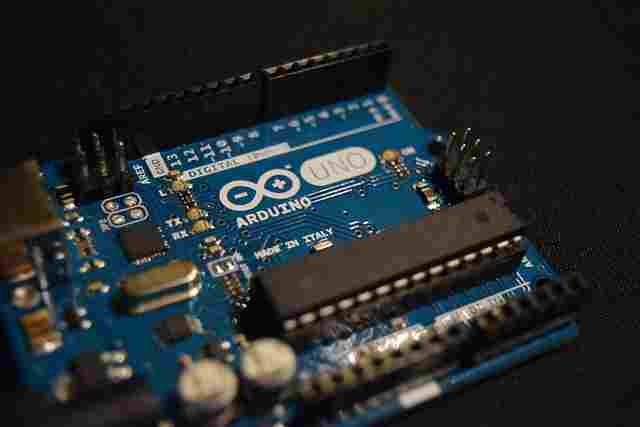What is Actuation in IOT
Data collected from sensors within the IoT ecosystem or outside it undergo further processing. This data can be analyzed to detect anomalies, make predictions, or generate data-based reports. Moreover, data can also serve as a trigger for subsequent events. This aspect is particularly interesting when data acts as an activator for a specific pattern within a process.
Consider a scenario where a water pump needs to be turned off to cease irrigation in a farming plantation area. In such a case, the system design might involve soil moisture sensors placed in the soil. These sensors, configured or operated using machine learning methods, would generate data indicating the moisture level. When a certain threshold is reached, this data is sent to a microcontroller, triggering an event to stop the water supply by deactivating the irrigation pumps. Here, the water pump functions as an actuator within the IoT ecosystem.
By definition, an actuator is a device that converts energy into motion. Actuators can be categorized based on their energy sources:
– Pneumatic: Utilize compressed air for motion generation.
– Hydraulic: Employ liquid for motion generation.
– Thermal: Utilize heat sources for motion generation.
– Electric: Utilize external energy sources such as batteries or electric energy for motion generation.
Based on the motion patterns they produce, actuators can create linear, oscillatory, or rotating motion, acting on devices or elements within the IoT ecosystem. Actuators find frequent use in manufacturing and assembly processes. For instance, impeller cylinders use compressed air energy stored within a metal cylinder to move the working piston when the air is released or uncompressed. In robotics, various grippers triggered by actuators with compressed air emulate human hands or fingers for tasks like grabbing, drawing, pouring, or granular jamming.
These components, whether self-contained units or part of the IoT ecosystem, are crucial building elements. Referring back to the irrigation control example, an enhanced representation of the IoT ecosystem is illustrated below.
When designing an IoT system, selecting the appropriate system architecture model is crucial, as is guiding the selection of individual sensors and actuators from the project’s outset. Sensor accuracy is particularly important for the proper functioning of an IoT system. Accuracy describes how closely the indicated value represents the measured size observed in a process. All relevant sources of faults in the ecosystem, sensor type, and measurement type must be considered.
Sensor accuracy is maintained through timely calibration. Sensor manufacturers provide data on wavelengths, measuring error percentages, and calibration procedures. Designers must adhere to these guidelines to ensure proper system functionality. Depending on the nature of the IoT system, the quality of data from the things layer within the system is paramount. If the endpoint system involves prediction or real-time analysis and low-accuracy sensors are chosen initially, the final product’s performance may suffer.

